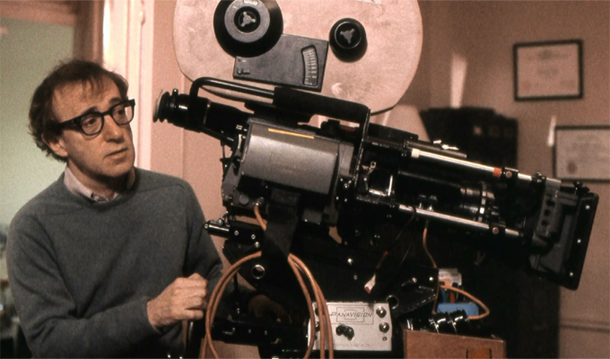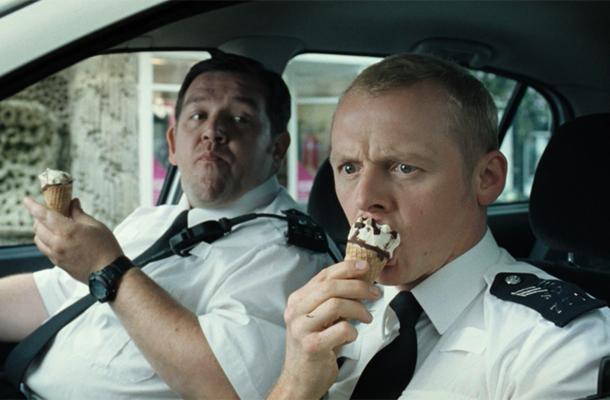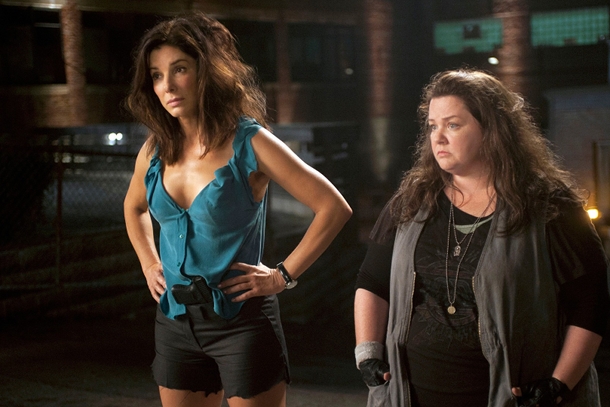Besides forcing me to catch up on my Woody blind spots and revisiting old, familiar favorites, editing the above video afforded me some insights on the intelligent casting and wide-ranging performance styles on display in the films of Woody Allen. The early movies took on the digressive shapes of stand-up comedy and sketch-writing, two worlds from which Allen transitioned into movies in the 1960s, and how a given performer could prevail within such short-form spaces would dictate their success (see one of my choices, Gene Wilder in the hit-or-miss Everything You Wanted to Know about Sex* (But Were Afraid to Ask), or Jerry Lacy as a spectral Bogart in the Allen-penned Play It Again, Sam). With Sleeper in 1973, Allen had a comedy partner/love interest in Diane Keaton who could both parry and augment his own peculiar mix of sarcastic intellectualism and unconventional sex appeal. Though I adore her in that film and in Love and Death, as she brings a thoroughly contemporary sensibility to the future and czarist Russia, respectively, their collaboration reaches its peak with his most critically-acclaimed film, Annie Hall, where she embodies a character not just as a sounding board to Allen’s neuroses but with a recognizable style and sturdy inner life of her own. Although his most structurally-sound and conventional romantic comedy to date, Annie Hall was still recognizably the product of a comedian’s worldview, so Interiors looked at the time like a bolt from the blue, despite the heavy Russian literary overtones of Love and Death and other highbrow references sprinkled in the previous movies. The film’s chilled, bloodless mise-en-scène has aged well, but on my most recent viewing for this project, Maureen Stapleton‘s breezy, gregarious demeanor and bright red costume shock Interiors with a welcome burst of life.








